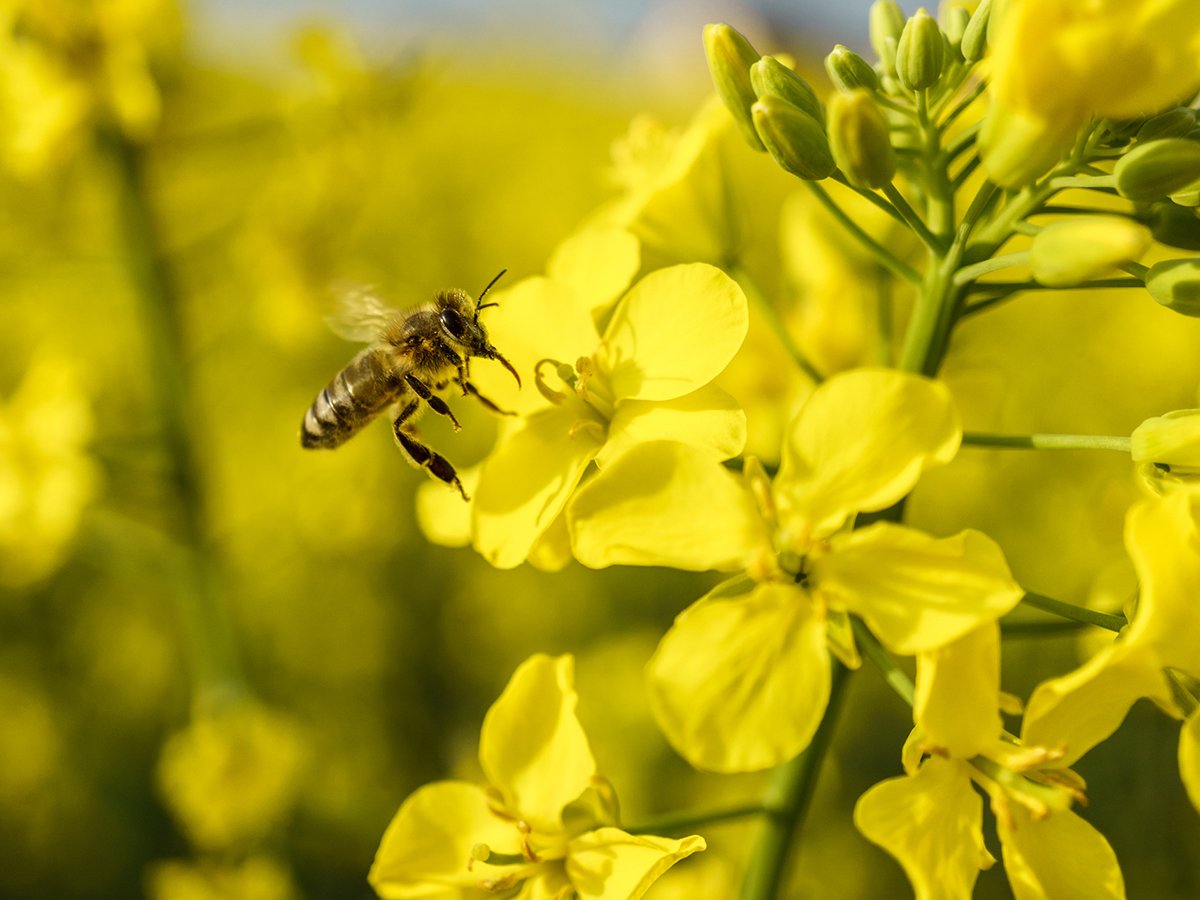Yesterday I was covering the Canada Grains Council’s annual meeting here in Winnipeg and there was a lot of talk about how wheat was falling far behind the other major crops in terms of research because of the refusal of any major producing company to allow genetically modified wheat to be grown.
Corn and soybean variety development have raced ahead, and yield gains have been incredible since the 1990s. That’s led to corn and soybean acreage washing over a lot of the ground that used to grow wheat in the United States and flooding it out. Corn and soybean varieties that can handle Manitoba’s short growing season are taking over acreage that wheat used to dominate, especially because of the problems in the Red River valley with fusarium, which makes wheat ungrowable.
Read Also

Invigor Gold variety viewed as threat to condiment mustard
Invigor Gold, the canola-quality mustard developed by BASF, is on a collision course with Canada’s condiment mustard industry. It’s difficult to see how the two can co-exist.
There’s an answer to wheat’s problems with fusarium: already-developed wheat varieties are strongly resistant to the disease and are waiting to be grown. But the wrinkle is that they are genetically modified, haven’t been approved and likely won’t be approved any time soon. So the fusarium-resistant varieties sit in the “fridge,” as one biotech company executive said yesterday, not quite frozen, but far from being taken out and consumed.
As corn and soybean yields have increased greatly and wheat’s has not, the former two crops have become much more attractive to many growers. If you’re not getting that yield gain like the corn and soybean growers, a wheat grower needs to see much more of a price increase to make up the difference to keep the crop as attractive.
Most prairie growers haven’t had any choice in whether to grow wheat, corn or soybeans. Corn and soybeans can’t be grown in most regions. But many wish they had the choice. However, this may be one year in which spring wheat again, as it did last year, does extremely well in comparison to corn and soybeans. Because it’s grown on a restricted acreage in just a few states, farmers switching to other crops that have better market prospects or for which growing conditions look better can leave spring wheat in in a pretty position, and that appears to be happening this spring.
The USDA found that U.S. farmers plan to seed about 700,000 fewer acres of spring wheat this year, and that was from a survey taken before the full extent of the spring soaking of the fields became obvious. When the soils are too wet in the spring and early seeding isn’t possible, like this year across most of the northern tier states, farmers tend to switch out of wheat into crops like soybeans.
So even though wheat seems the poor cousin, the “orphan crop of biotechnology,” most years, with the big gains and the bigger money being made by corn and soybeans, there’s a chance this year that its unfavorable treatment by American farmers in the spring wheat zone could make it the sleeper crop of North America this year. And prairie farmers stuck growing it for lack of better alternatives could find that it’s the best alternative to be growing. Sometimes the poor cousin inherits the farm.















